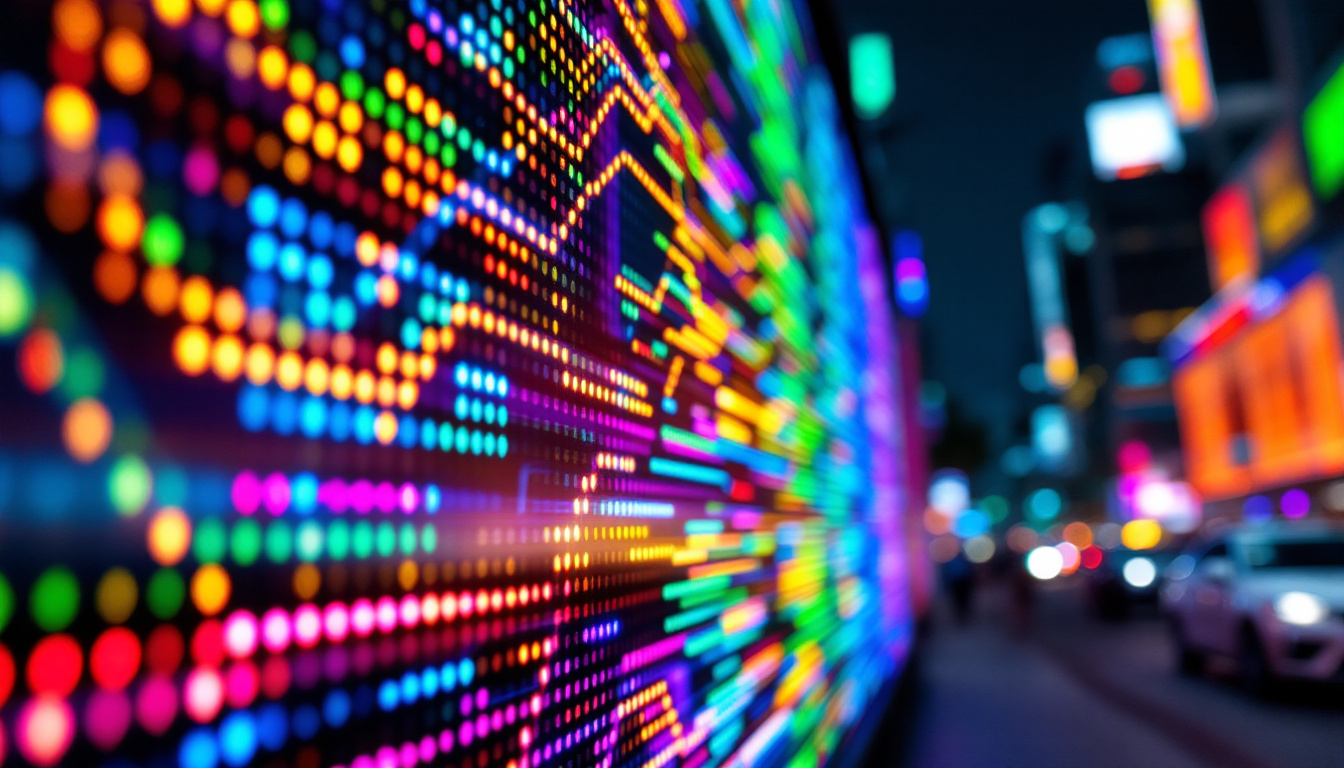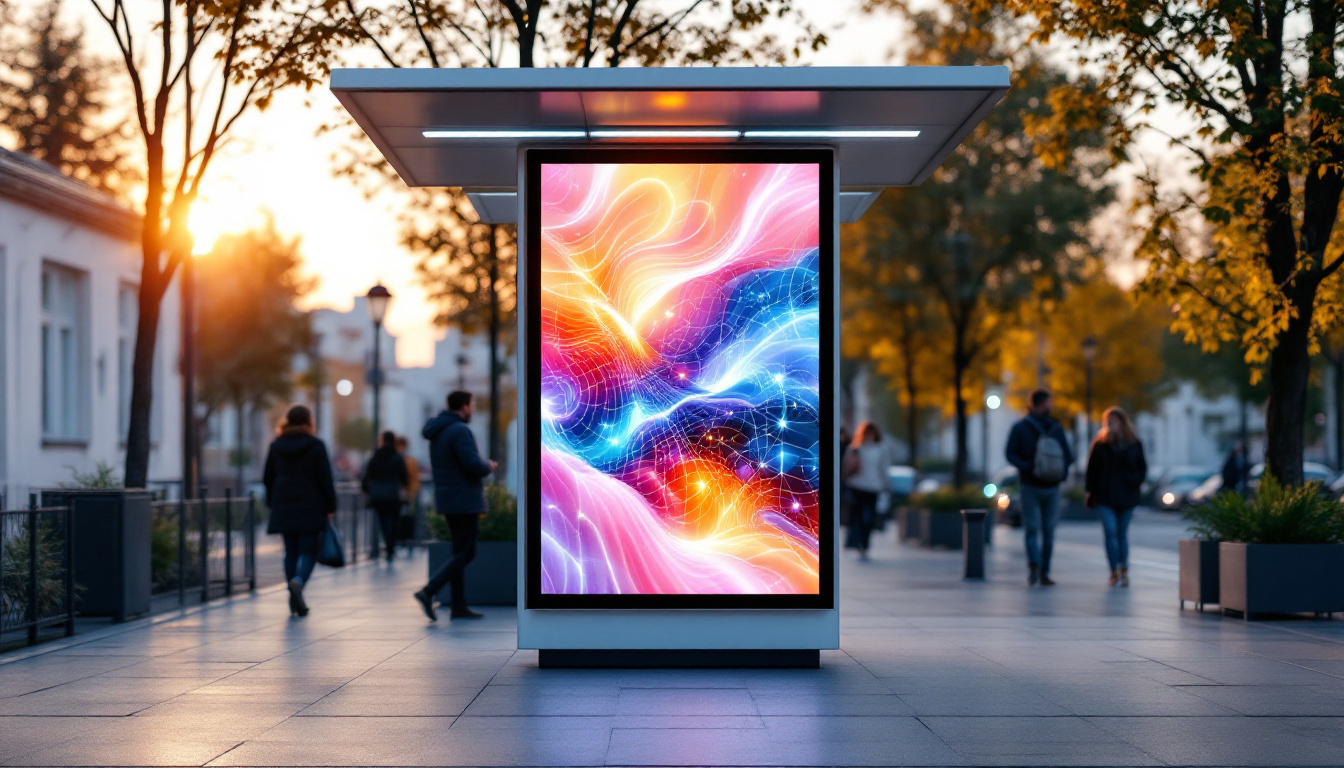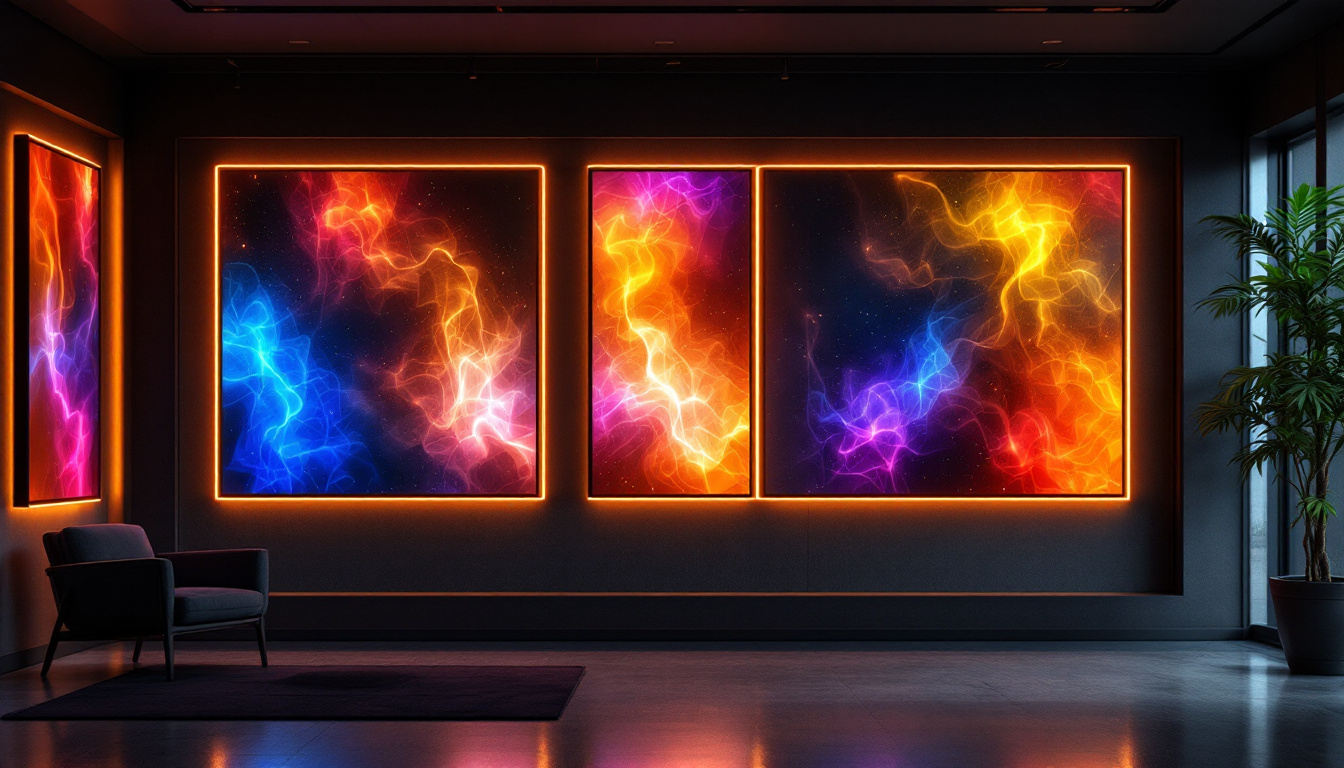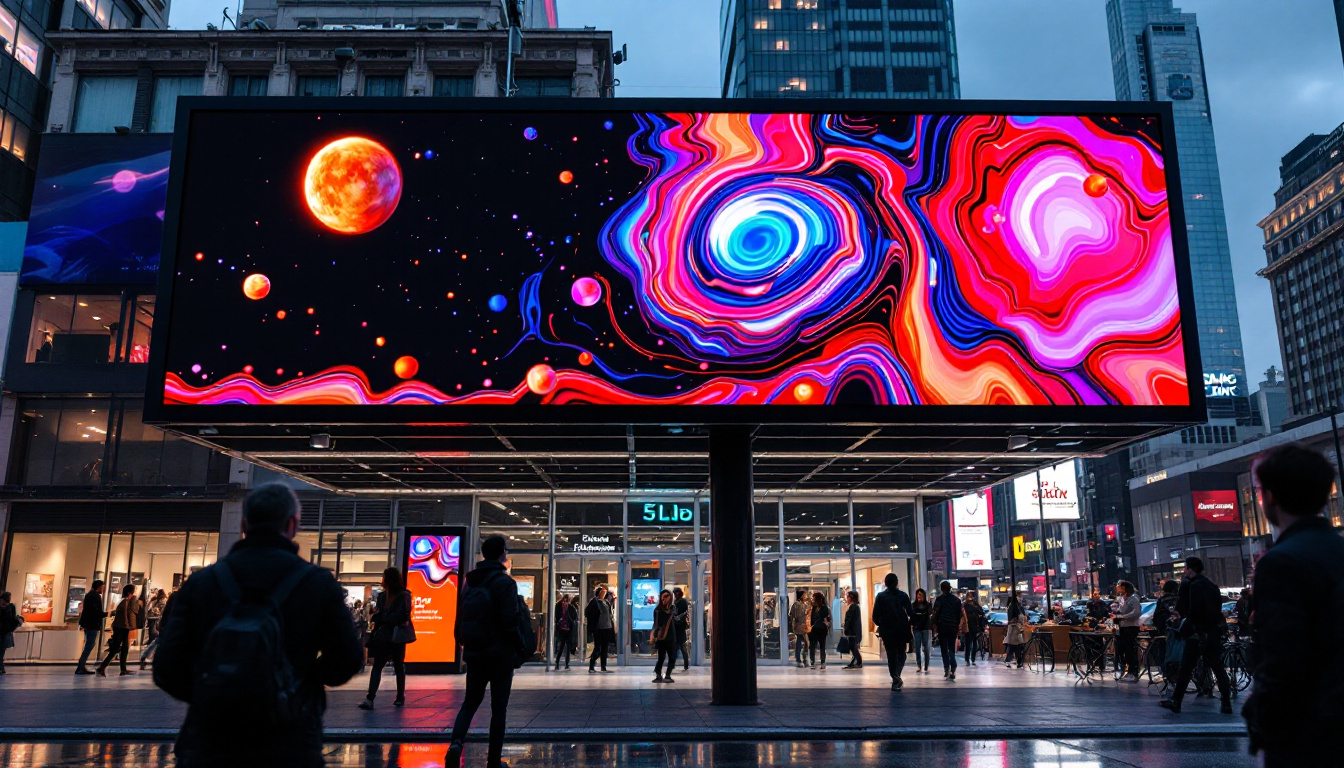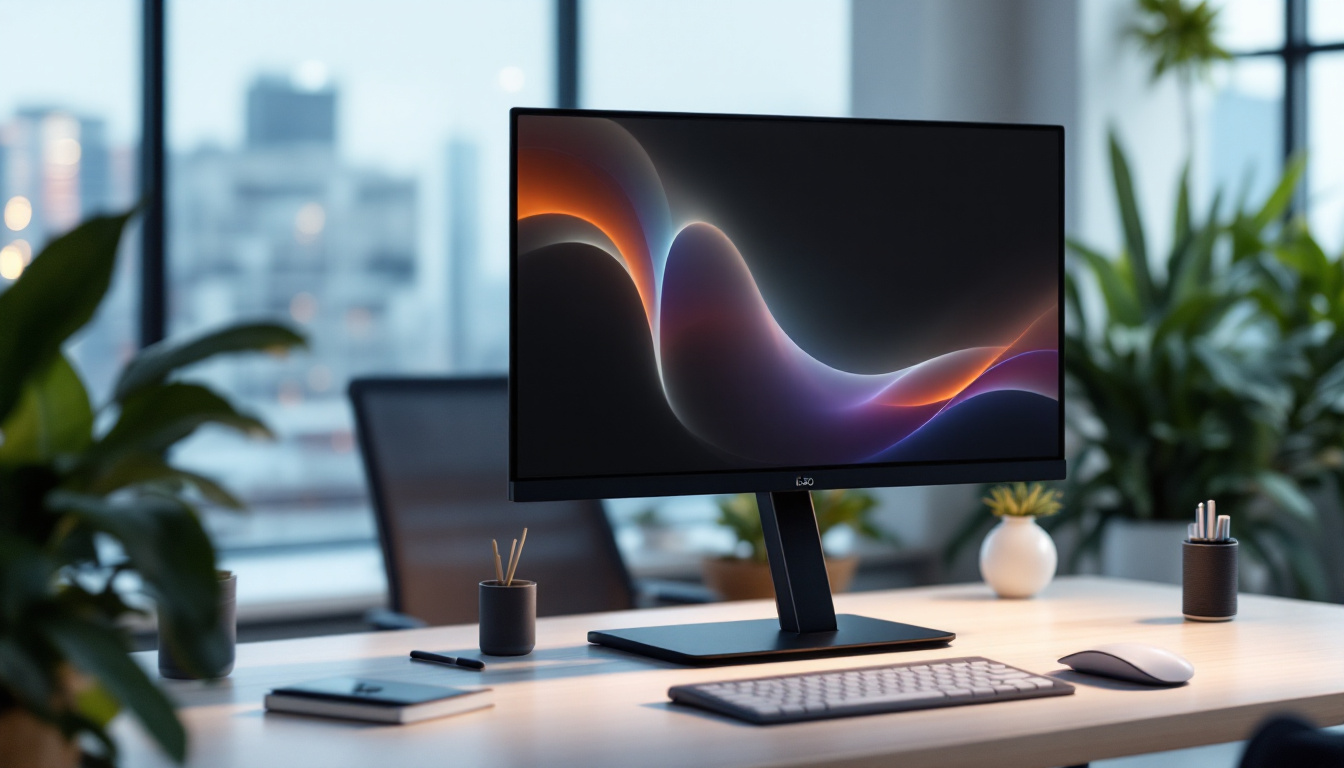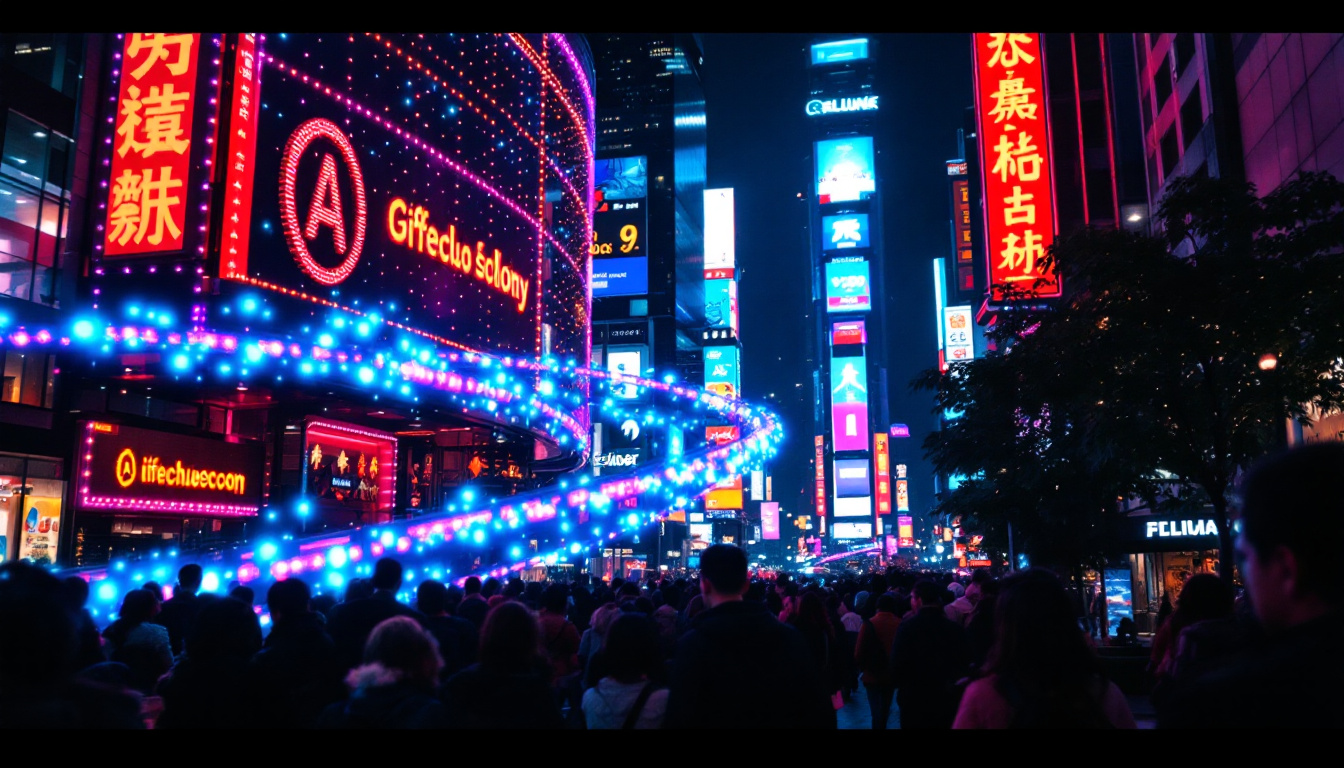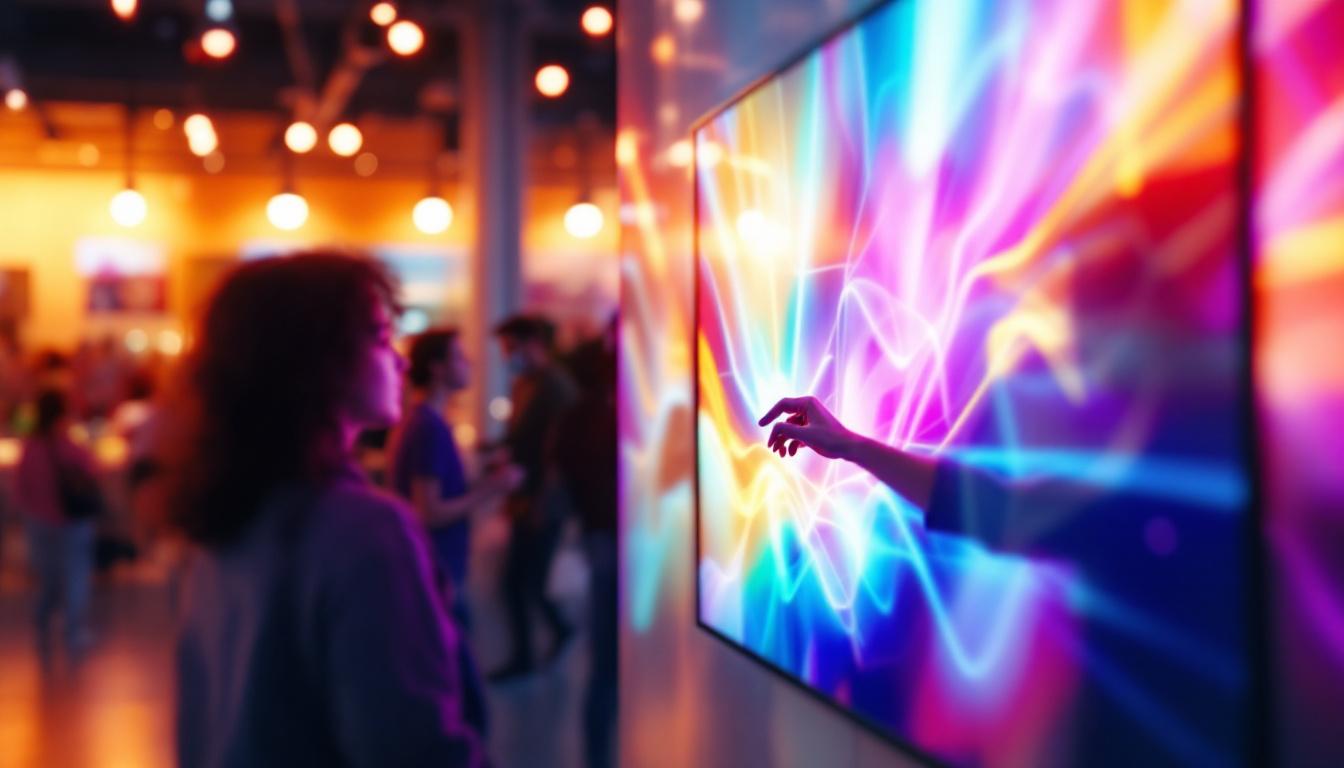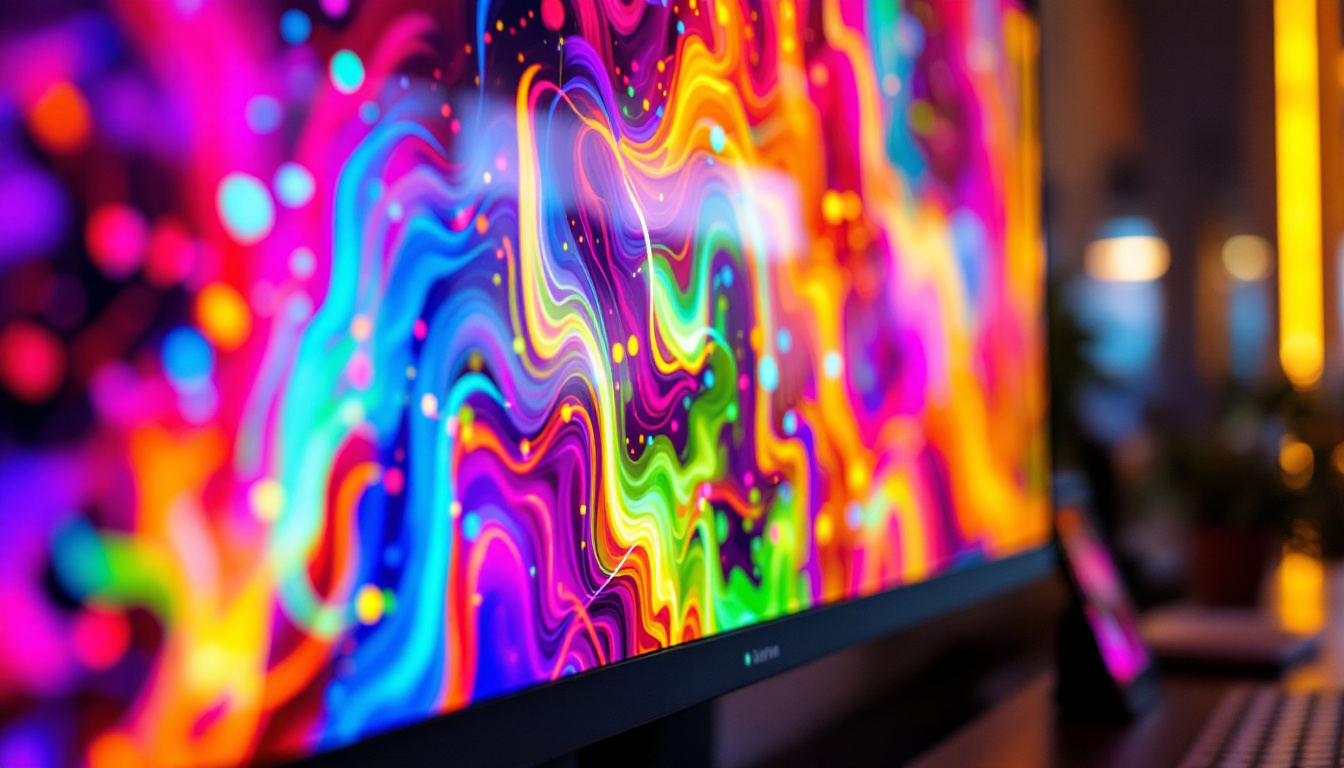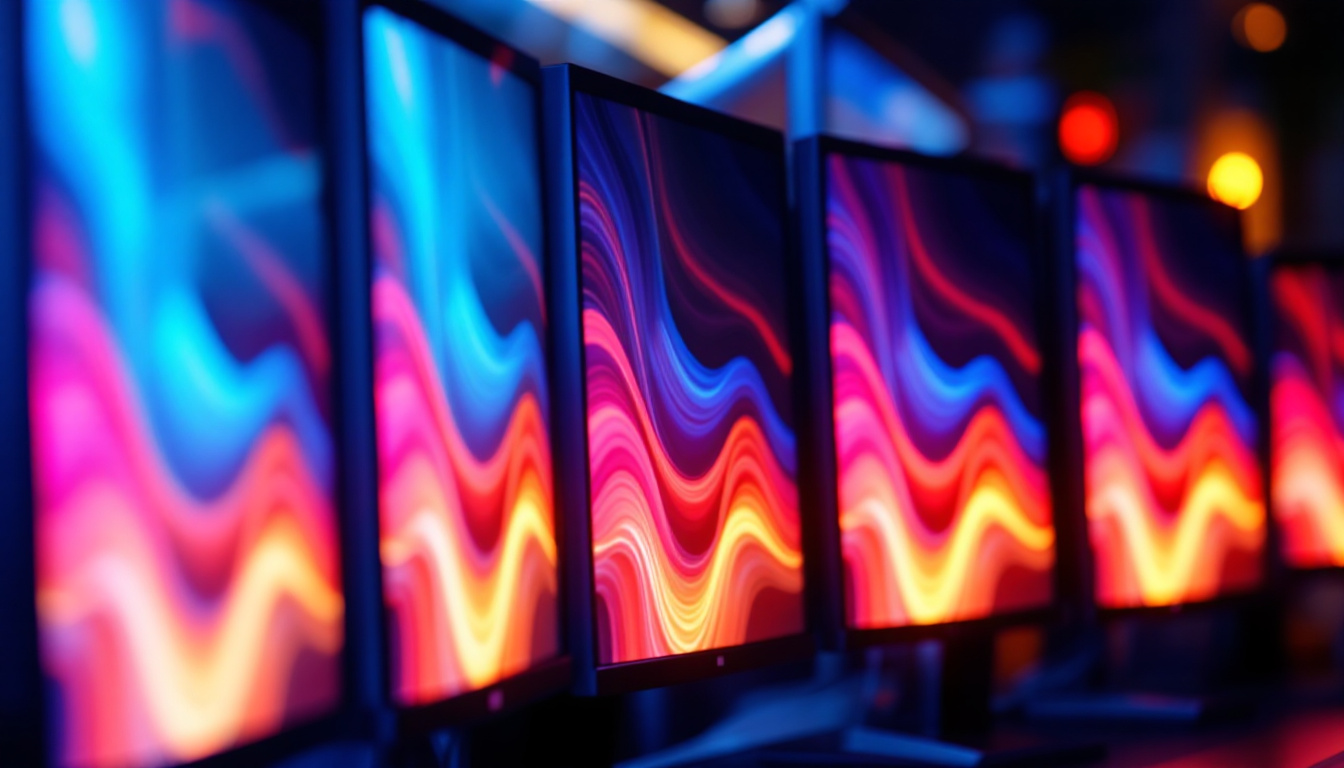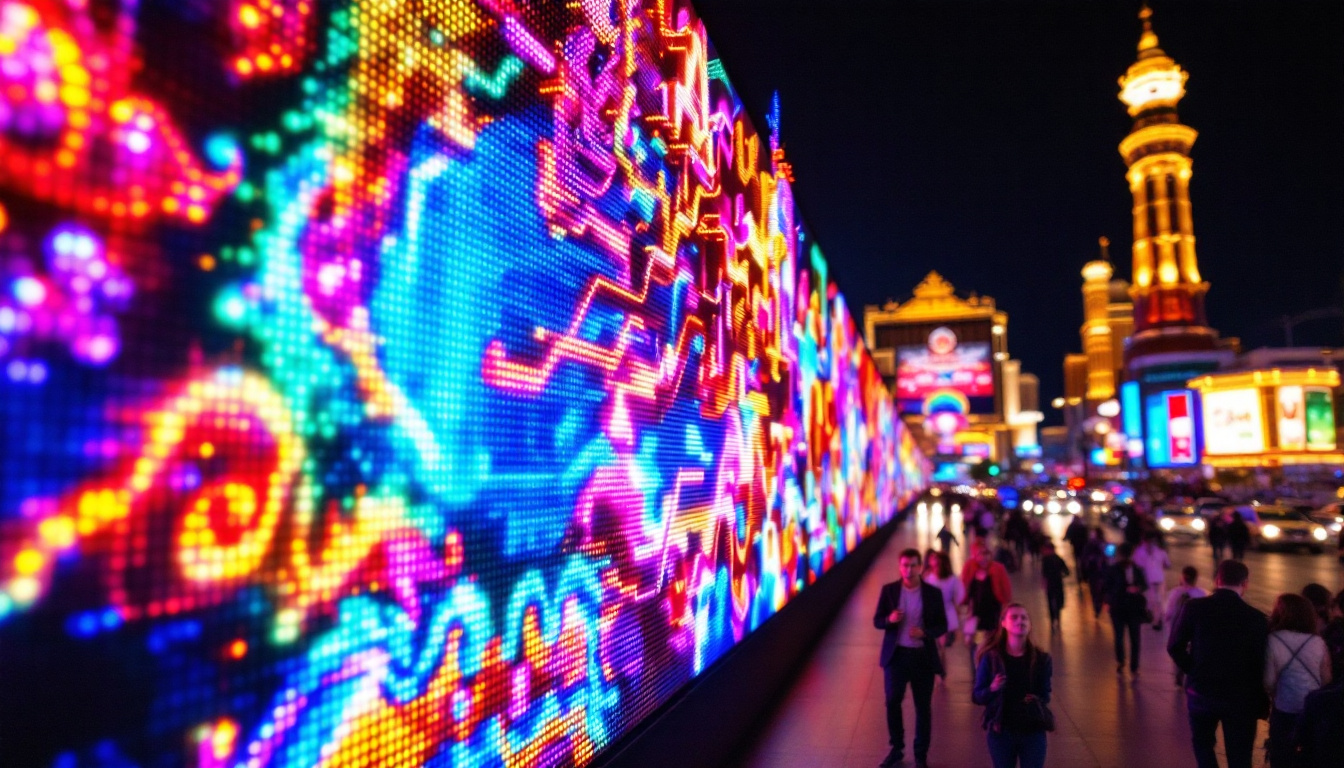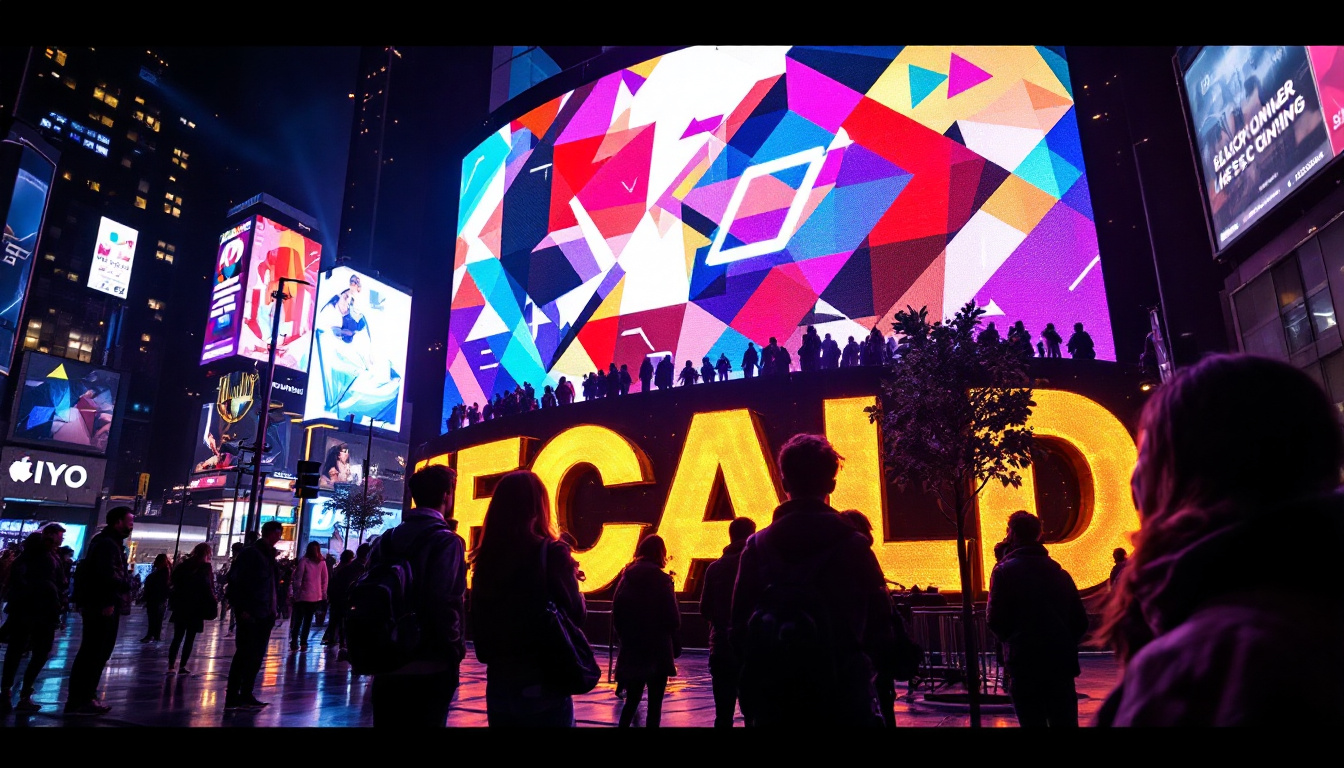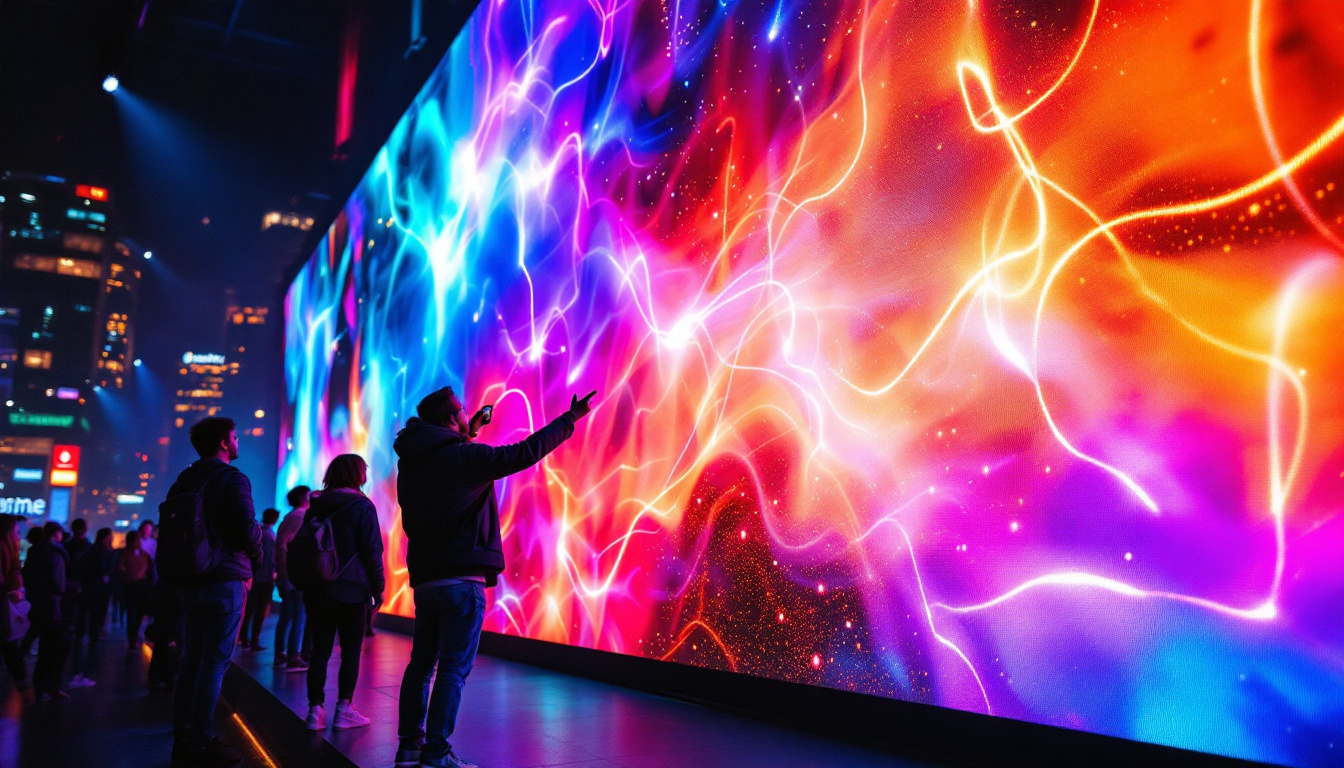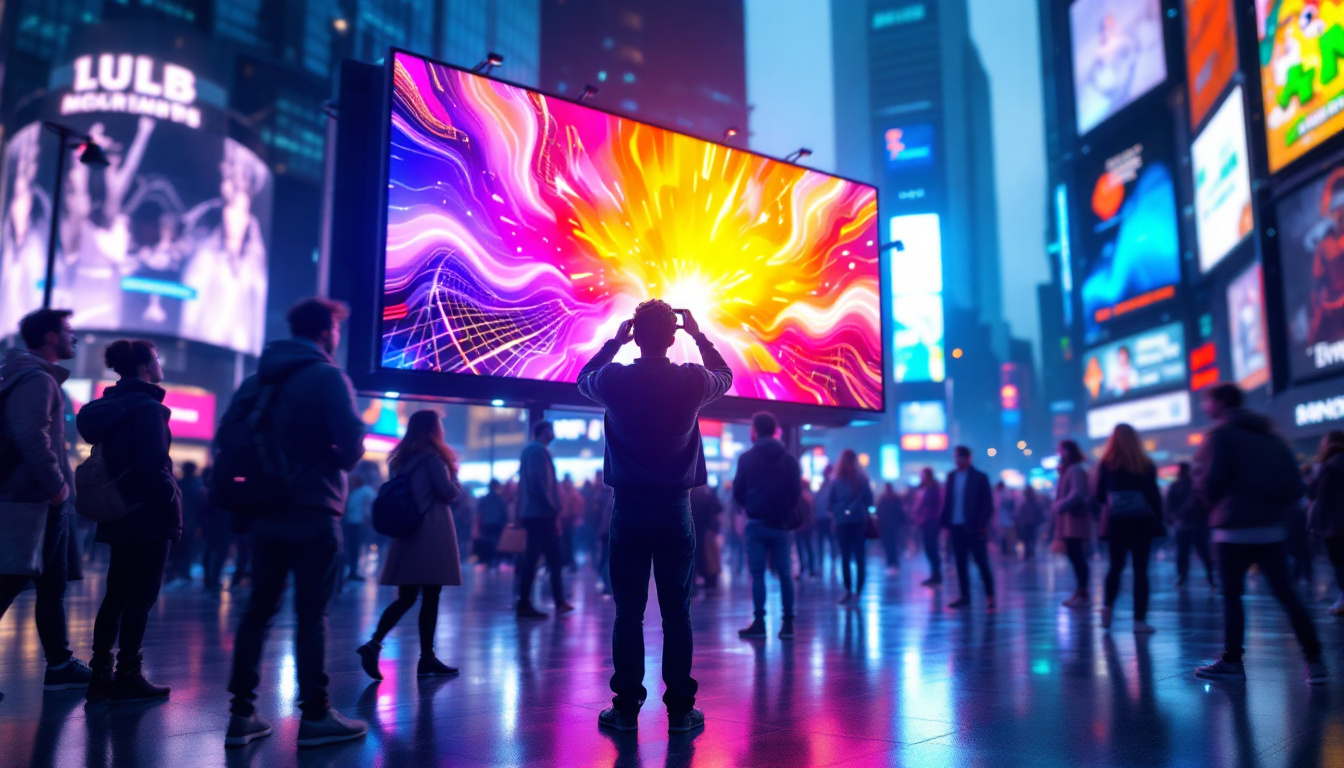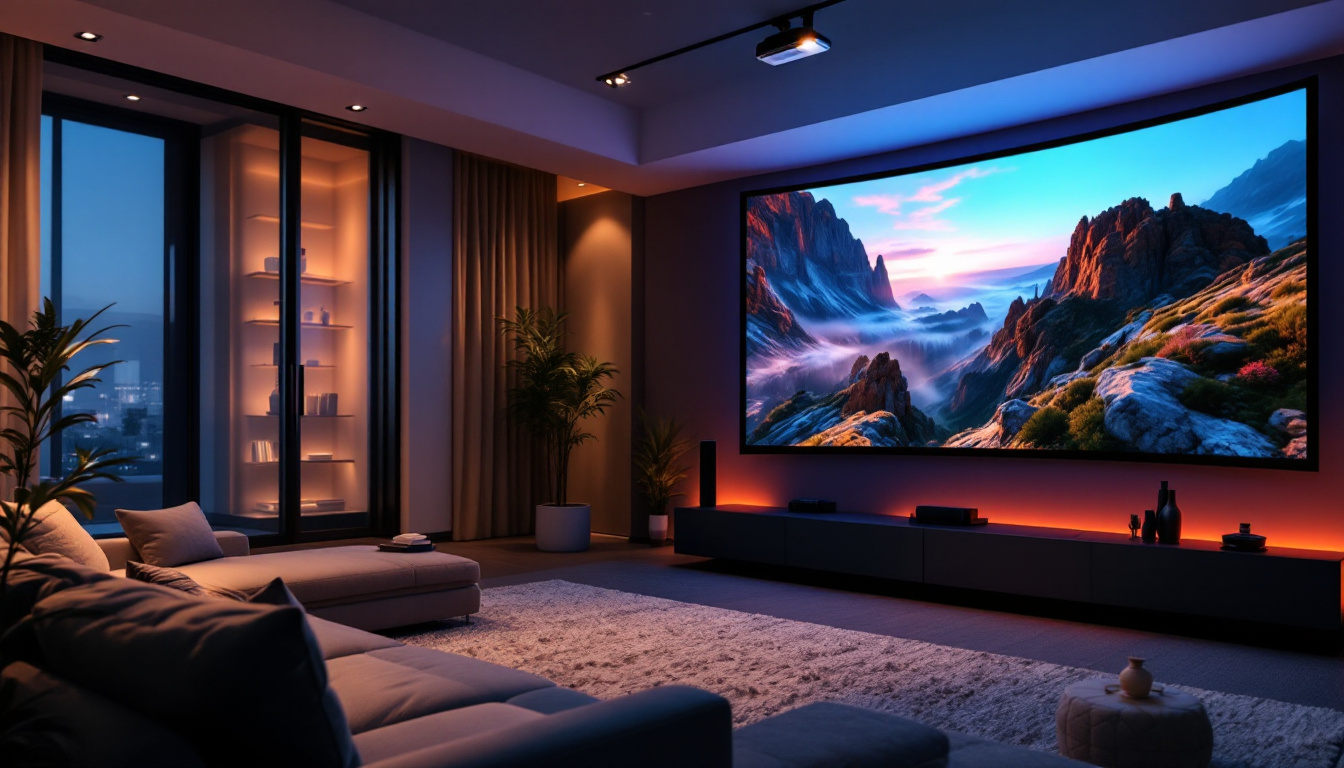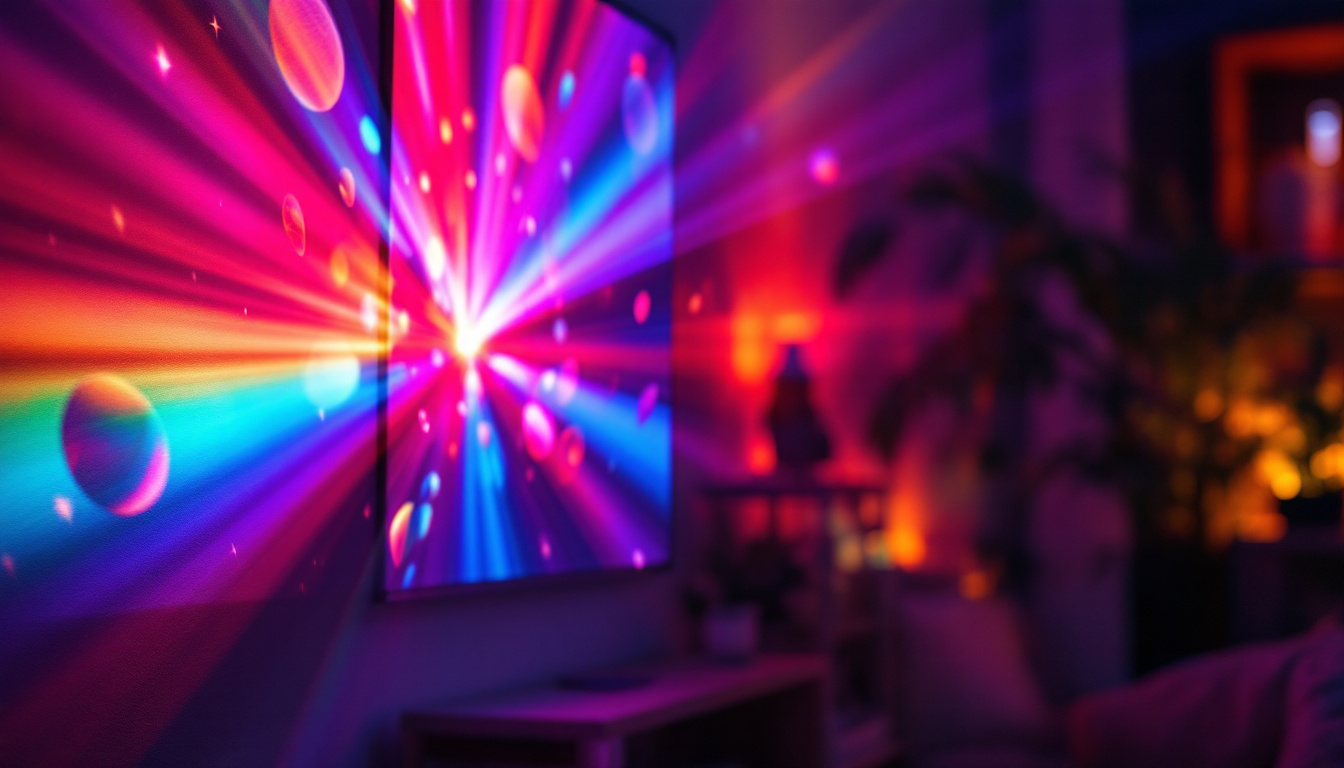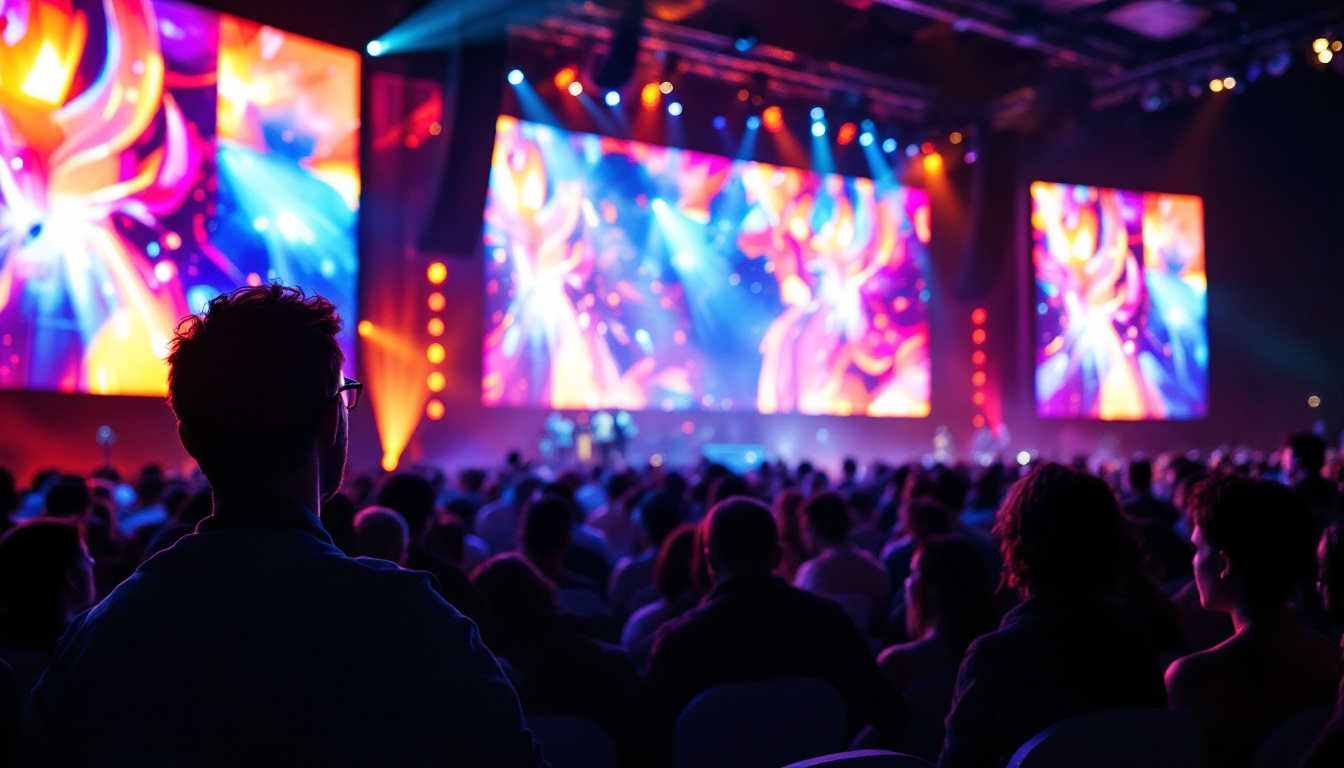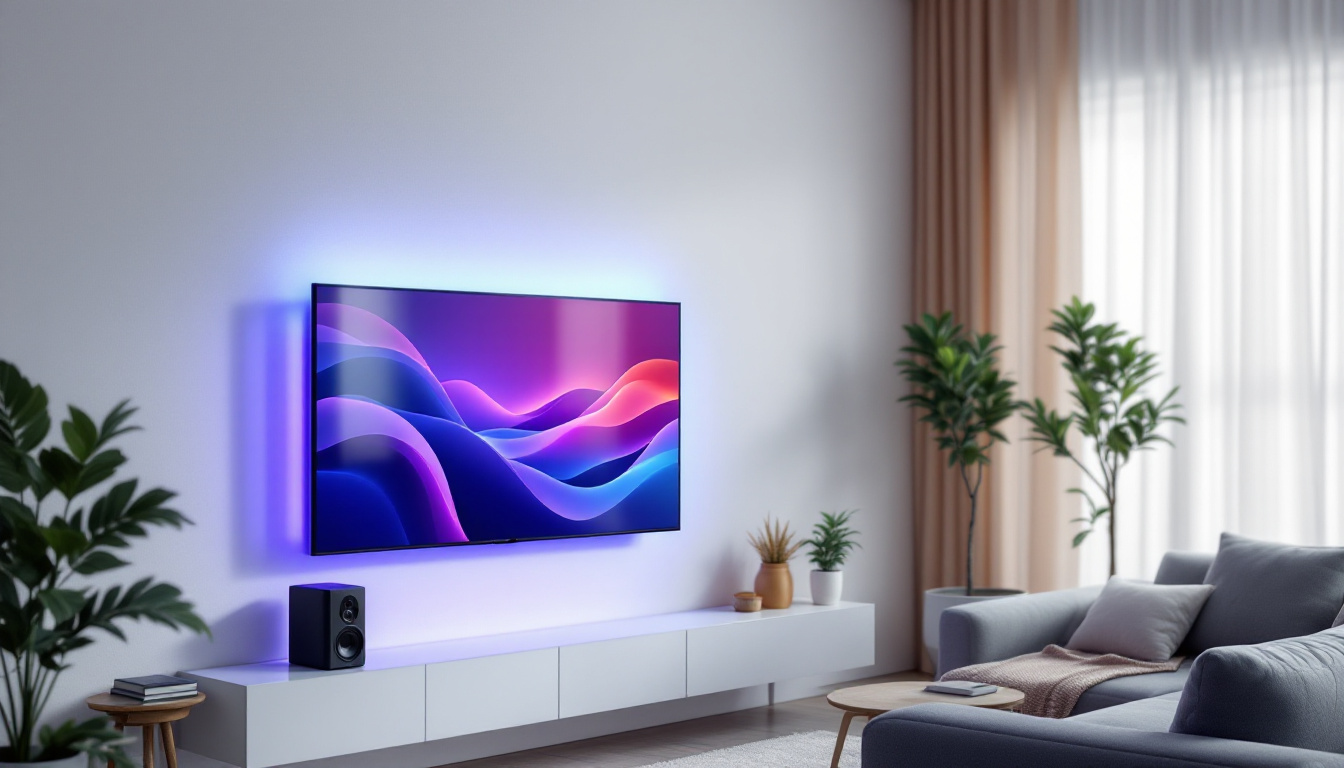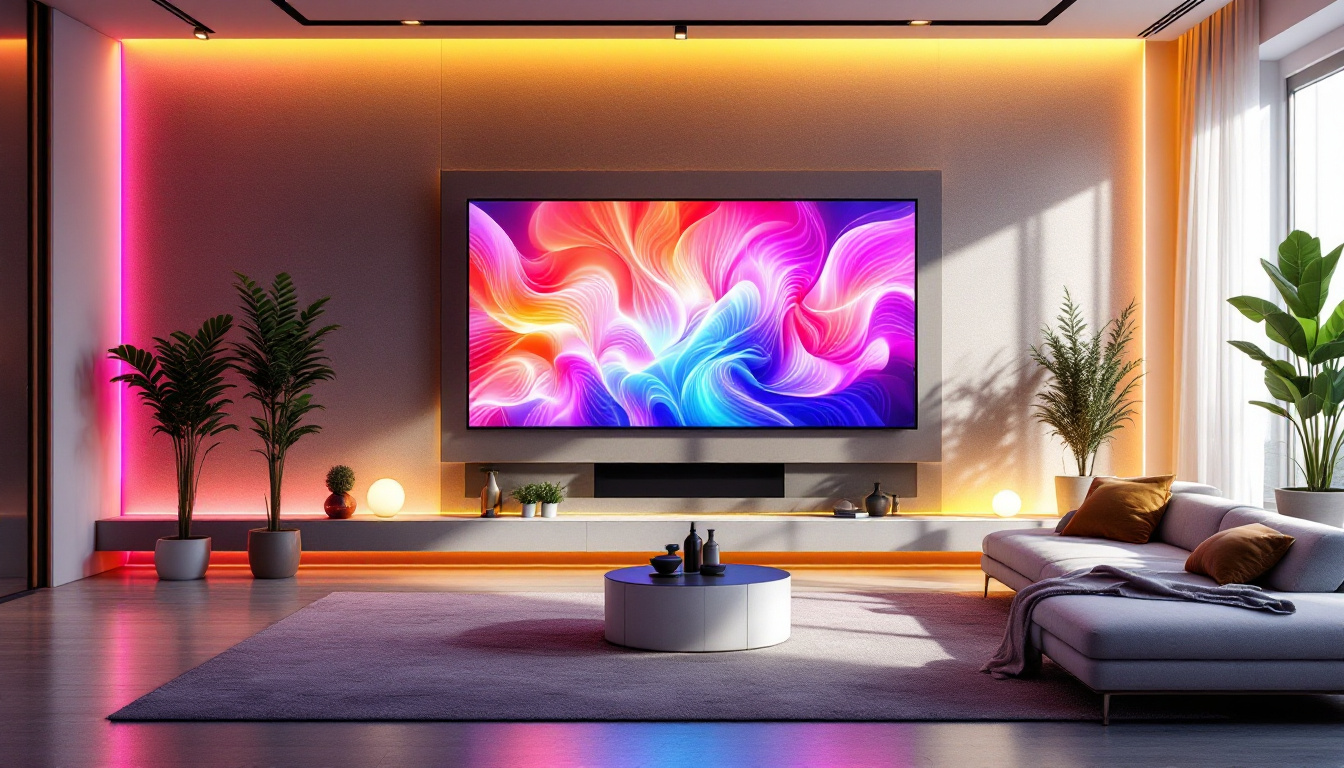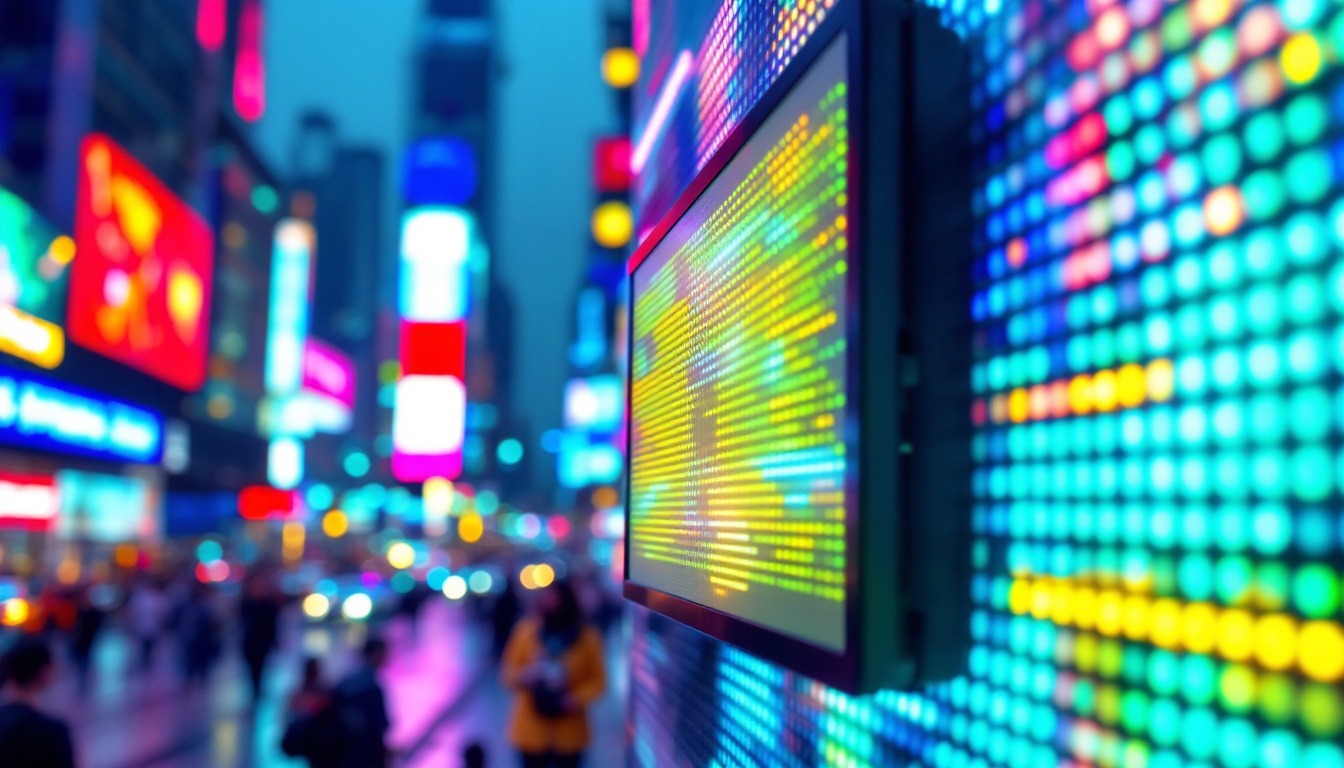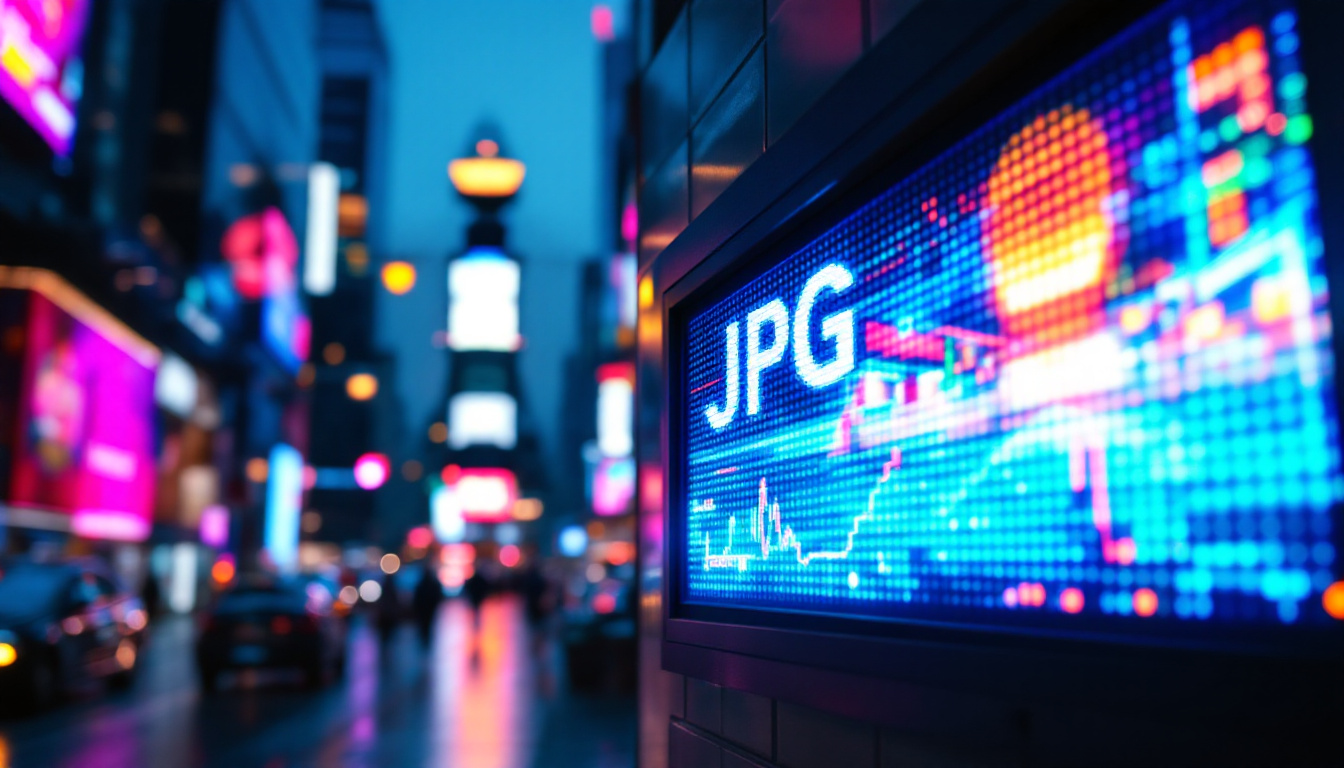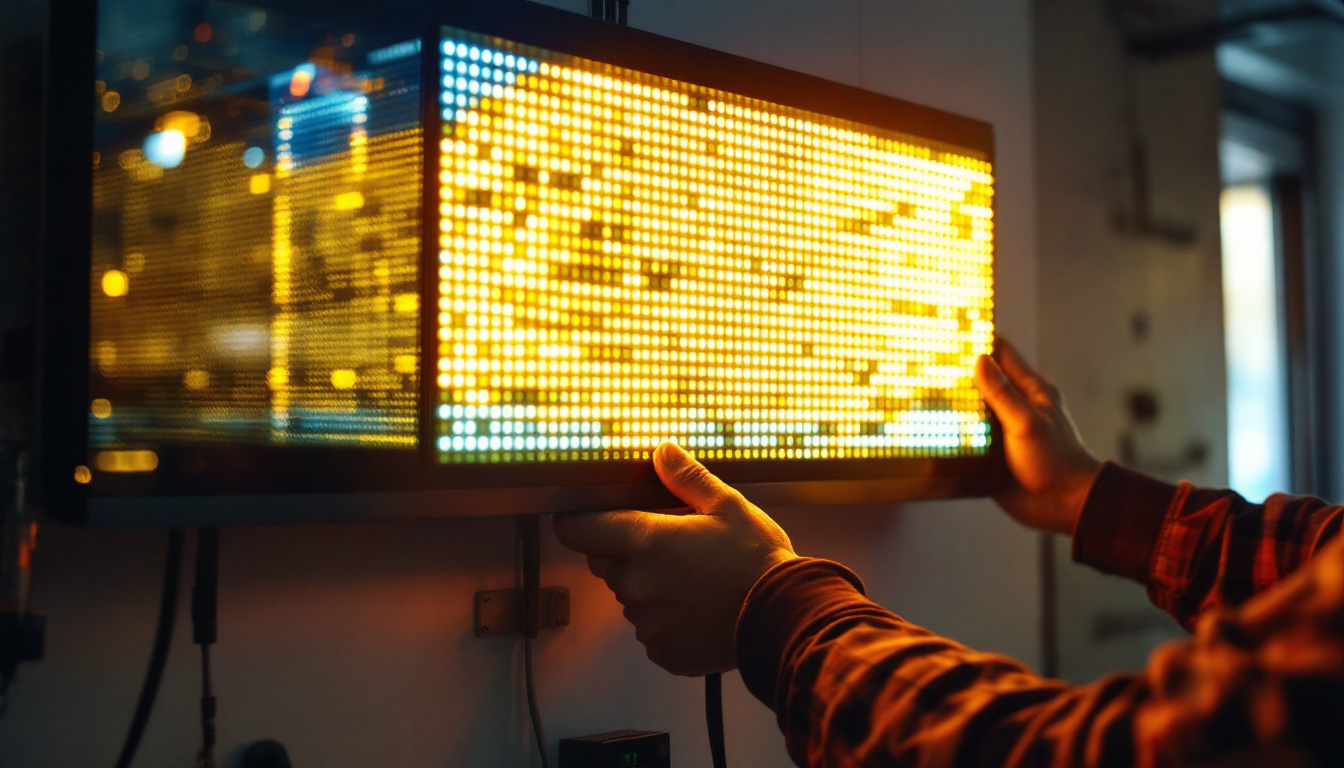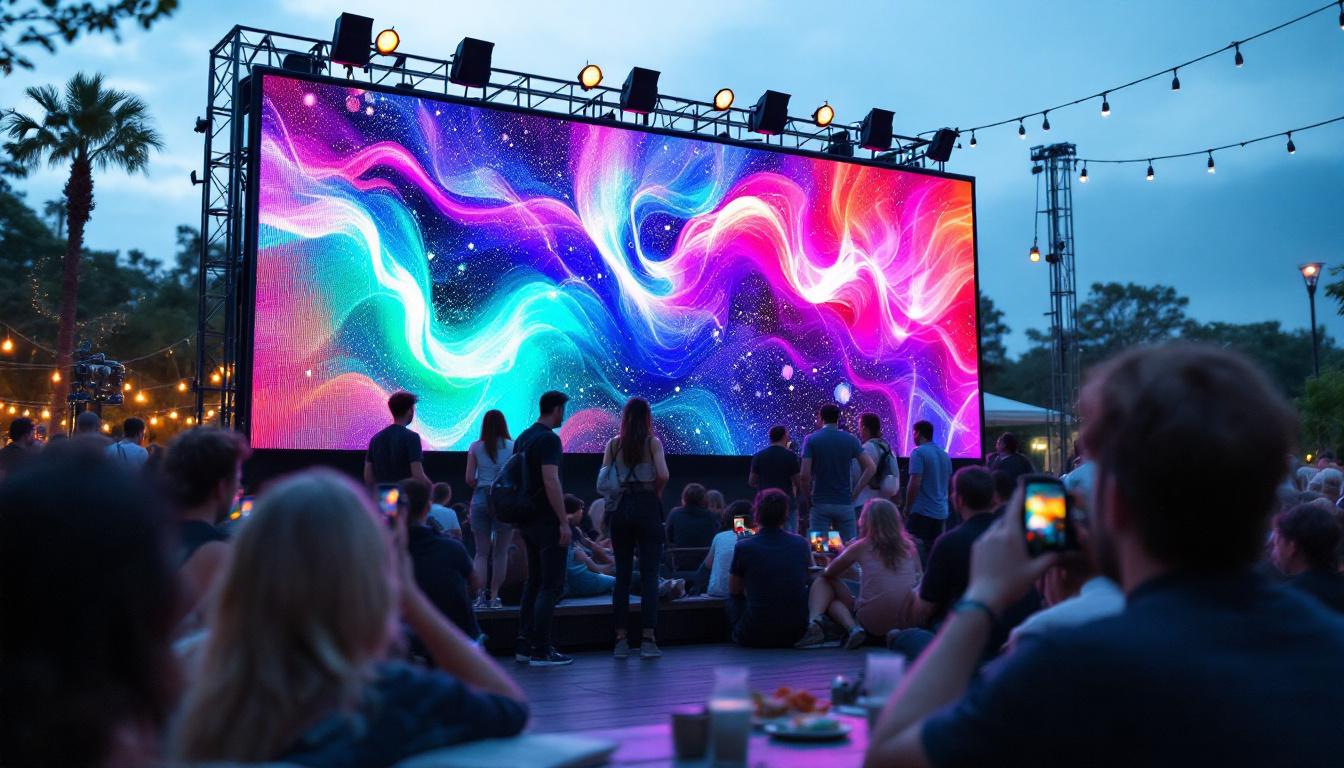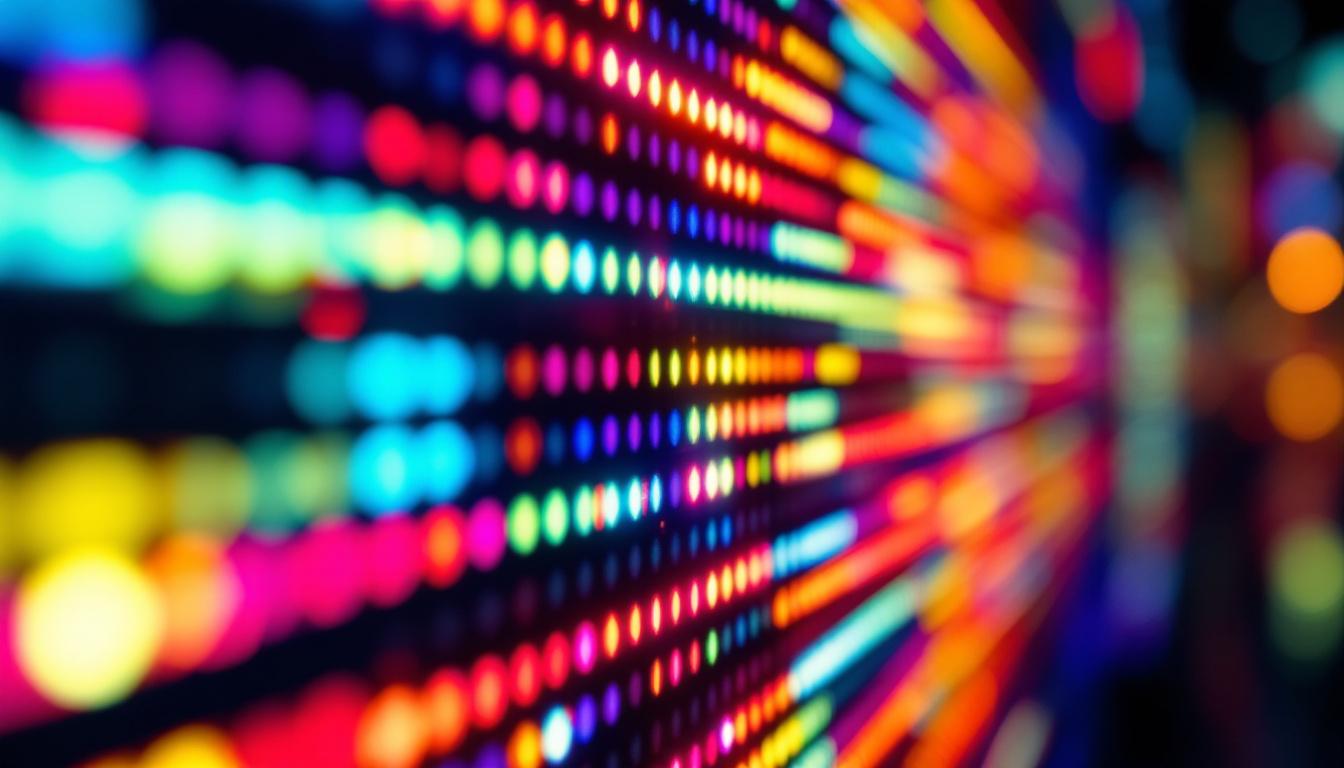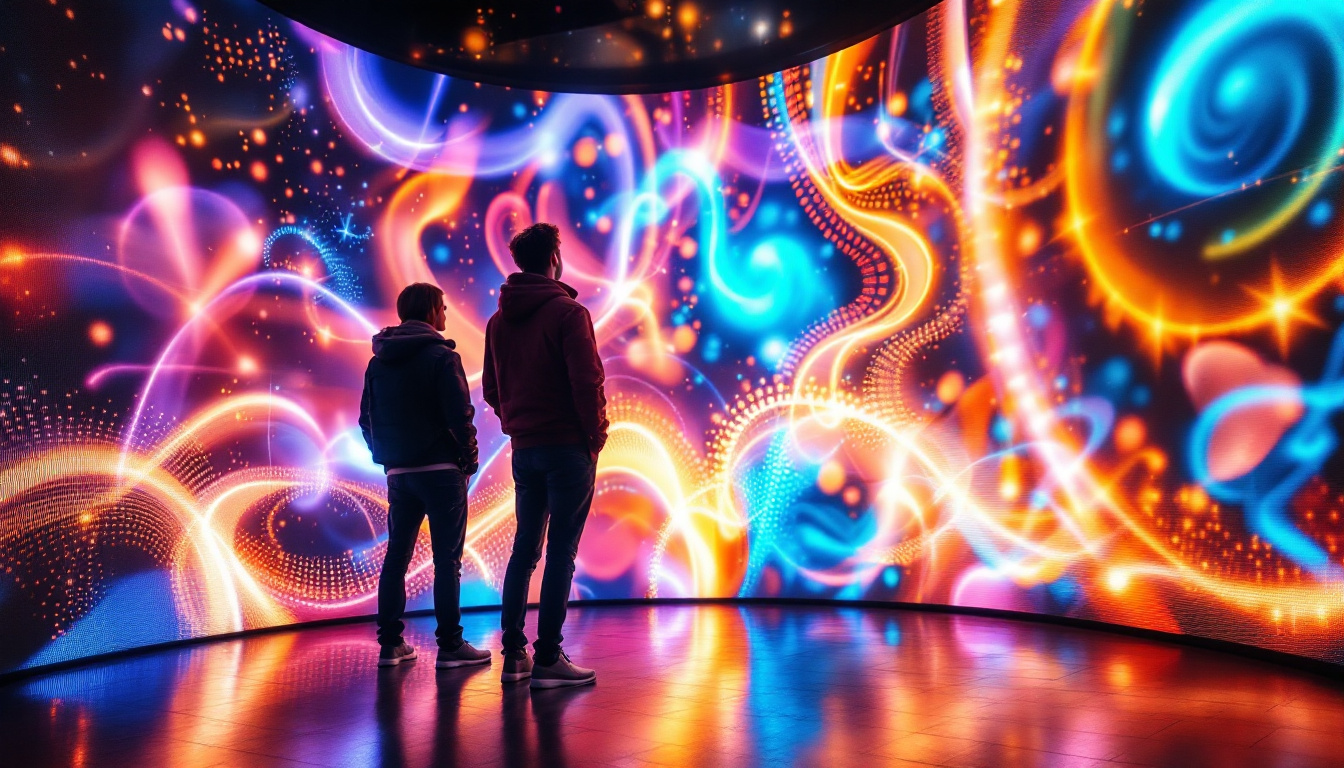In the realm of modern technology, LED displays have emerged as a pivotal component in various applications, from advertising to entertainment and beyond. Understanding how these displays work, their specifications, and their advantages can help individuals and businesses make informed decisions. This article delves into the intricacies of LED displays, particularly focusing on the conversion of measurements from meters (M) to millimeters (mm), and how these measurements relate to the performance and functionality of LED screens.
Understanding LED Displays
LED, or Light Emitting Diode, displays utilize semiconductor technology to produce light. These displays are known for their brightness, energy efficiency, and versatility. Unlike traditional LCD screens, which rely on backlighting, LED displays emit light directly from the diodes, allowing for thinner and more flexible designs.
The Technology Behind LED Displays
At the core of LED technology lies the semiconductor material that emits light when an electric current passes through it. This process is known as electroluminescence. The colors produced by an LED display are a result of different semiconductor materials used, with red, green, and blue (RGB) being the primary colors that combine to create a full spectrum of colors. This RGB model allows for the creation of millions of color variations, making LED displays particularly effective for applications requiring vibrant imagery.
LED displays can be categorized into two main types: direct view and backlit. Direct view LED displays consist of individual LEDs that form the image, while backlit displays use LEDs to illuminate an LCD panel. Each type has its own advantages and is suited for different applications. For instance, direct view displays are often used in large outdoor screens due to their high brightness and visibility in sunlight, while backlit displays are commonly found in televisions where color accuracy and uniformity are paramount.
Applications of LED Displays
LED displays are ubiquitous in today’s world, finding applications in various fields. In advertising, they are used for billboards and digital signage, capturing attention with vibrant colors and dynamic content. In entertainment, LED screens are prominent in concerts, theaters, and sports venues, providing high-quality visuals that enhance the audience experience. The ability to display real-time information, such as scores or news updates, makes them invaluable in sports arenas, where fans expect instant updates and engaging visuals.
Additionally, LED displays are increasingly used in consumer electronics, such as televisions and smartphones, due to their superior image quality and energy efficiency. Their adaptability makes them suitable for both indoor and outdoor environments, further expanding their application range. Beyond traditional uses, LED technology is also making strides in innovative fields such as automotive displays, where they enhance dashboard interfaces and provide critical information to drivers in a clear and visually appealing manner. Furthermore, the rise of smart home technology has seen LED displays integrated into home automation systems, allowing for customizable lighting and display options that cater to personal preferences and enhance the overall living experience.
Measurement Conversions: From Meters to Millimeters
When discussing LED displays, understanding measurements is crucial, particularly when it comes to screen size and pixel pitch. The pixel pitch, defined as the distance from the center of one pixel to the center of the adjacent pixel, is often measured in millimeters. Therefore, converting meters to millimeters becomes essential for accurate specifications.
Conversion Basics
The conversion from meters to millimeters is straightforward. One meter is equivalent to 1,000 millimeters. This means that when measuring larger LED displays, the dimensions are often provided in meters, while pixel pitch and other specifications are given in millimeters. For instance, a display that measures 2 meters in width would be 2,000 millimeters wide.
Understanding this conversion is vital for professionals in the industry, as it ensures that the specifications align with the intended application. Whether designing a large outdoor billboard or a small indoor display, accurate measurements are essential for optimal performance.
Importance of Pixel Pitch
Pixel pitch is a critical specification in LED displays, as it directly affects the resolution and clarity of the image. A smaller pixel pitch indicates a higher resolution, allowing for more detailed images. Conversely, a larger pixel pitch may result in a lower resolution, which can be acceptable for displays viewed from a greater distance.
For example, an LED display with a pixel pitch of 2 mm is suitable for close-range viewing, such as in a retail environment, where customers are likely to be within a few meters of the screen. In contrast, a display with a pixel pitch of 10 mm may be more appropriate for outdoor advertising, where viewers are typically farther away.
Advantages of LED Displays
LED displays offer several advantages over traditional display technologies, making them a popular choice in various applications. Understanding these benefits can help businesses and consumers appreciate the value of investing in LED technology.
Energy Efficiency
One of the most significant advantages of LED displays is their energy efficiency. Compared to traditional incandescent or fluorescent lighting, LEDs consume significantly less power, resulting in lower energy bills. This efficiency not only benefits the environment but also reduces operational costs for businesses.
Furthermore, LED displays generate less heat, which can prolong the lifespan of the display and reduce the need for additional cooling systems. This aspect is particularly important in large installations, where heat management can be a significant concern.
Brightness and Visibility
LED displays are known for their exceptional brightness, making them suitable for both indoor and outdoor use. Their ability to produce vivid colors and high contrast ratios ensures that content remains visible even in direct sunlight. This characteristic is particularly advantageous for outdoor advertising, where visibility is paramount.
Additionally, the wide viewing angles of LED displays allow for a more immersive experience, as the image quality remains consistent regardless of the viewer’s position. This feature is essential in settings such as sports arenas and concert venues, where audiences may be scattered across a large area.
Challenges and Considerations
While LED displays offer numerous advantages, there are also challenges and considerations to keep in mind when selecting and implementing this technology. Understanding these factors can help users make informed decisions and maximize the benefits of their investment.
Cost Factors
The initial cost of LED displays can be higher than traditional display technologies. However, it is essential to consider the long-term savings associated with energy efficiency and reduced maintenance costs. Businesses should evaluate their budget and weigh the upfront investment against the potential savings over time.
Additionally, the cost of LED displays can vary significantly based on factors such as pixel pitch, size, and features. Customization options may also impact pricing, so it is crucial to assess specific needs and requirements before making a purchase.
Maintenance and Lifespan
While LED displays are generally known for their durability, regular maintenance is still necessary to ensure optimal performance. Dust, dirt, and environmental factors can affect the display’s clarity and brightness over time. Regular cleaning and inspections can help mitigate these issues and extend the lifespan of the display.
Moreover, understanding the expected lifespan of an LED display is crucial for planning purposes. Most LED displays can last anywhere from 50,000 to 100,000 hours, depending on usage and environmental conditions. This longevity makes them a worthwhile investment, but users should also consider replacement costs and timelines when planning for future needs.
The Future of LED Displays
The future of LED displays looks promising, with ongoing advancements in technology and applications. As the demand for high-quality visuals continues to grow, innovations in LED technology are likely to emerge, further enhancing performance and capabilities.
Emerging Technologies
One of the most exciting developments in the LED display industry is the rise of microLED technology. MicroLED displays consist of tiny individual LEDs that can create stunning visuals with unparalleled brightness and color accuracy. This technology has the potential to revolutionize the display market, offering even more flexibility and customization options.
Additionally, advancements in flexible and transparent displays are paving the way for new applications in architecture and design. These innovative displays can be integrated into various surfaces, allowing for creative and dynamic visual experiences.
Environmental Considerations
As sustainability becomes increasingly important, the LED display industry is also focusing on environmentally friendly practices. Many manufacturers are adopting eco-friendly materials and production processes to reduce their carbon footprint. This shift not only benefits the environment but also aligns with consumer preferences for sustainable products.
Moreover, recycling programs for old LED displays are becoming more common, ensuring that electronic waste is managed responsibly. As awareness of environmental issues grows, consumers and businesses alike are likely to prioritize sustainable options in their purchasing decisions.
Conclusion
LED displays represent a significant advancement in display technology, offering numerous benefits such as energy efficiency, brightness, and versatility. Understanding the conversion of measurements from meters to millimeters is essential for accurately assessing specifications and ensuring optimal performance.
While there are challenges associated with cost and maintenance, the long-term advantages of LED displays make them a worthwhile investment for various applications. As technology continues to evolve, the future of LED displays promises exciting innovations that will further enhance visual experiences.
In a world increasingly driven by visual communication, LED displays will undoubtedly play a crucial role in shaping how information is conveyed and experienced. Whether for advertising, entertainment, or personal use, understanding the intricacies of LED technology can empower users to make informed decisions and fully leverage the potential of this remarkable technology.
Discover LumenMatrix’s Advanced LED Solutions
Ready to elevate your visual communication with cutting-edge LED technology? Explore LumenMatrix’s comprehensive range of LED display solutions, from vibrant Indoor and Outdoor LED Wall Displays to dynamic Vehicle and Sports LED Displays. Whether you’re looking to captivate with an LED Poster Display, engage with a Floor LED Display, or innovate with Custom and All-in-One LED solutions, LumenMatrix has you covered. Experience the future of visual storytelling with our LED Transparent Displays. Check out LumenMatrix LED Display Solutions today and transform your space into a mesmerizing visual experience.

